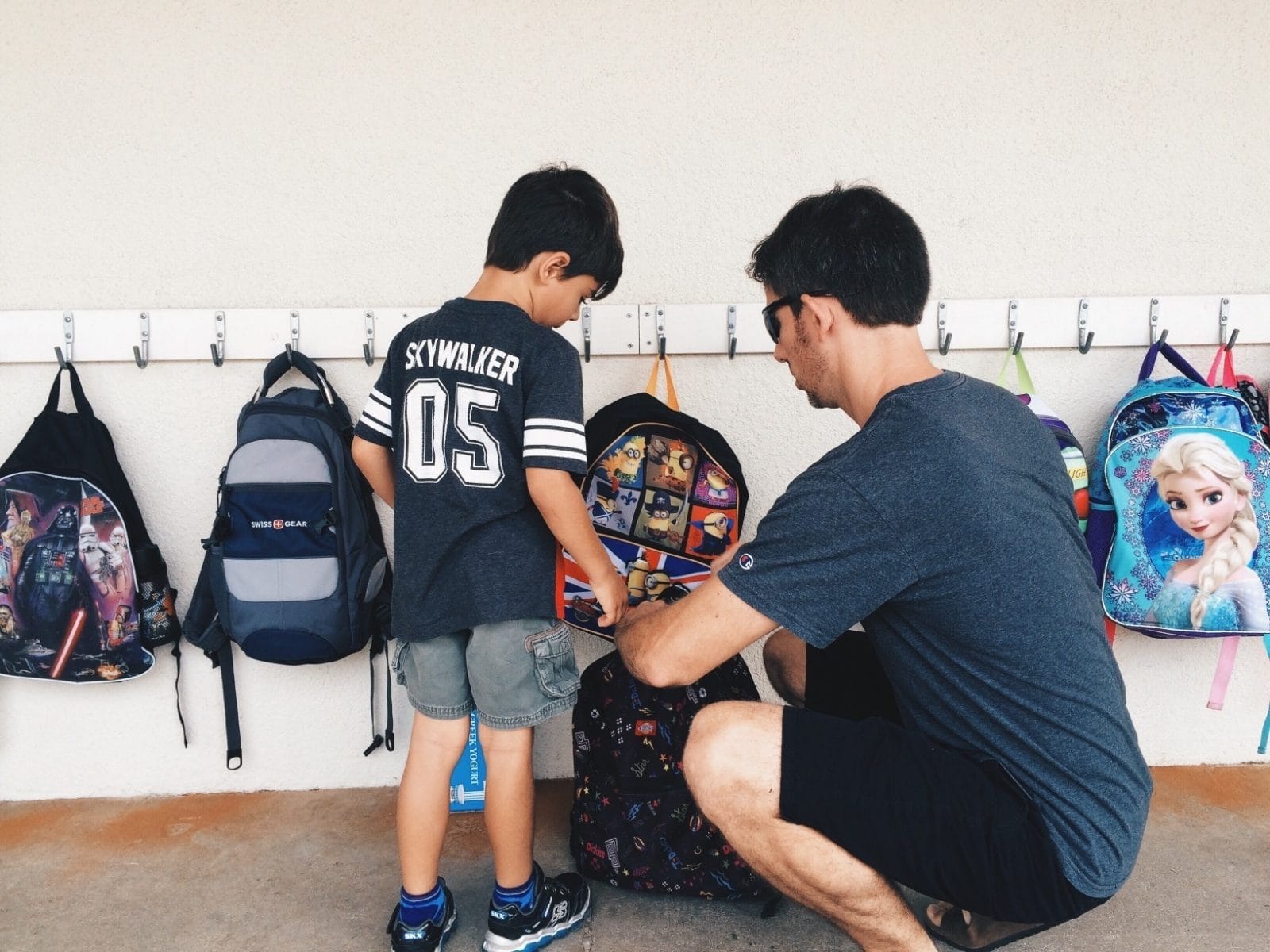Why having a conversation about bullying can help keep your kids safe at school

We instinctively want to protect our children from the bad things in this world and while we can't be there all the time, one of the ways we can do just that is to become vocal advocates for comprehensive school safety in our own communities.
Table of Contents
As parents of young school-age children, we now have to grapple with a topic that we will, unfortunately, need to revisit more than once in the next few years: the question of school safety. There can be emotional anxiety around entrusting our children to complete strangers for hours at a time that has our stomachs in knots but there are steps parents can take to help protect their kids during school.
A survey on school safety shows that nearly 90% of parents admit to feeling at least some level of anxiety regarding the possibility of a school shooting. Perhaps equally unsurprising is the fact that parents have not remained passive in the face of this epidemic of violence. Many have created or joined groups actively working to limit access to weapons and keep them out of our schools.
So, what else can we do to help reduce the likelihood of violent incidents in our children’s schools?
Here are some recommendations:
1. Start a conversation about bullying.
Experts cite bullying, isolation and rejection by one’s peers as leading risk factors for school violence. These experts recommend talking to your children—even your preschoolers and kindergartners—about what happens at school, what they should do if they see a child at lunch or recess who is sitting alone or who isn’t playing with anyone and what to do if they see a child being bullied. If you’re looking for phrases or tips on how to start that conversation, Stop Bullying has some great recommendations.
2. Educate yourself about school safety and security in general and about the specific safety plans and procedures in your children’s school.
Find out what is currently being done and what more can be done, both in terms of physical security and safety programs. Parents can urge your school’s administration to take extra steps.
For example:
- Does your child’s school lock all exterior doors during the school day?
- Is there a single, secure, monitored point of entry where visitors must be buzzed in?
- Are all visitors, volunteers and contractors screened, and are ID badges required to be worn at all times while on campus?
Another thing to consider is if the school regularly conduct safety drills throughout the year. See if there an emergency panic button or silent alarm that can be triggered by the receptionist or secretary, alerting administrators and law enforcement.
Parents can know if there’s a comprehensive set of emergency plans coordinated with local law enforcement officials that are regularly reviewed and updated to align with best security practices. If not, ask why not.
3. Actively communicate the importance of school safety to your own kids.
Nearly 80% of respondents to a parent/student school safety survey said they plan to talk to their children about school safety. Be one of them. Help your children understand the need for drills and procedures, both for their own safety and for the safety of their friends.
Keep the conversation positive and use age-appropriate language, especially for younger children, focusing the conversation on “safe” versus “unsafe” is a good approach. For example, with my own children, I point out the purpose of safety practices. The school visitor check-in station is there to ensure every visitor who comes to the school is supposed to be there; the school drills are to ensure that everyone knows how to remain safe if an emergency were to arise.
Talking to younger kids can be challenging, but emphasize the importance of listening carefully and following their teachers’ safety directions.
Bottom line
We instinctively want to protect our children from the bad things in this world and while we can’t be there all the time, one of the ways we can do just that is to become vocal advocates for comprehensive school safety in our own communities.
Get involved. Familiarize yourself with your school’s or district’s emergency plans. Ask questions. Work in partnership with school officials to examine school vulnerabilities and put the best safety practices in place. Take the time to talk with your own children. Help them see that, just as you have a plan to keep them safe at home, you and they will work with everyone to keep their school—their home away from home—just as safe.


































